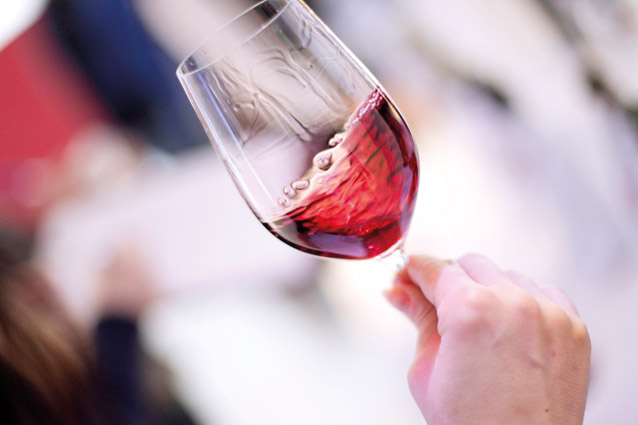FRANCE: Bordeaux
Once the dross was weeded out, our tasters were left with a truly impressive selection of high-quality, characterful and not-too-expensive medal-winners
Wow! Did everyone in Bordeaux suddenly wake up? After having trundled along doing not very much in the Sommelier Wine Awards for most of the past five years, the region arrived with a bang in 2012. Entries were way up on previous years, and medals went with them. Six reds and a white on the Gold List, plus seven Silvers and six Bronzes was the kind of showing that, frankly, we’d expect from the region.
It was heartening to be able to find a good white for the list this year (the Château Lestrille Capmartin), since though white Bordeaux isn’t exactly high on most diners’ list of priorities, it’s a useful tool for sommeliers.
‘White Bordeaux can work very well with food and so finding wines to do this was essential as these are a handsell,’ said Vivat Bacchus’s Laura Ward.
 For the reds, this really was a tale of two tastings. While the Left and Right Bank wines received plenty of plaudits, the large number of generic Bordeaux, Superieurs and wines from the Premier Côtes were hammered.
For the reds, this really was a tale of two tastings. While the Left and Right Bank wines received plenty of plaudits, the large number of generic Bordeaux, Superieurs and wines from the Premier Côtes were hammered.
The majority of the latter were under £10 – exactly the kind of area in which Bordeaux needs to be able to compete, but seems to have forgotten how. A straw-poll among the tasters beforehand revealed that none of them listed a claret on their list under £40. This flight soon revealed why.
Pick a fault, any fault. Bretty, dirty, grubby oak, cheap chips, over-sweet fruit, stalkiness… It was all the more disappointing because the region should have had a few good vintages to play with – the wines were nearly all (bar one) 2009 and 2010.
‘For these prices you can get better wine from just about anywhere in the world,’ fumed Hakkasan’s Christine Parkinson. ‘There’s too much vineyard in Bordeaux. I think a lot of these wines clearly should not be made at all. It makes you wonder who is buying them. They shouldn’t be offered to the public.’
The deserved success of Boutinot’s sappy, refreshing, unmistakably Bordelais 58 Guineas Claret (at £4.95 the lowest-priced wine in the flight) only showed what the region can do here when it puts its mind to it.
Happily, quality in the Left and Right Bank flights was far higher, and both threw up genuinely good Gold-Listed wines sub-£10, with the terrific 2007 Chapelle d’Escurac also scooping a Food Match (and a Critics’ Choice). ‘It was just wonderful,’ swooned consultant Caspar Auchterlonie. ‘For a wine to offer that kind of quality at under £50 on a list is just fantastic.’
In fact, one of the interesting aspects of the Bordeaux flights once you got into the Left and Right Bank sections was the ease with which our tasters were able to find wines for the Gold List across all the key price points, from sub-£40 on a list to around £80. It seemed to be a more complete selection than Burgundy, for instance, and also (a) rather better value for money and (b) with (surprisingly) fewer issues over drinkability.
Nor was this purely down to the upfront beauty of the 2009 vintage, either, since wines came in from a wide variety of vintages. ‘A few years ago the cheaper wines would have been agony to taste through,’ said Handford Wines’ Greg Sherwood MW. ‘It was great to find there was some complexity to be found at all levels, not just on the higher-priced wines.’
Many of the wines that picked up Silver attracted a lot of positive feedback, but were felt to need just a few more years to start really showing at their best, though the Château Fombrauge 2004 (‘drinking beautifully now’) was an exception.
‘For mid-range Bordeaux, there was a lot of good drinking in our Left Bank flight – a lot of wines looking like classic Bordeaux but with enough fruit and freshness to be very appealing.’ Jamie Goode, wine columnist